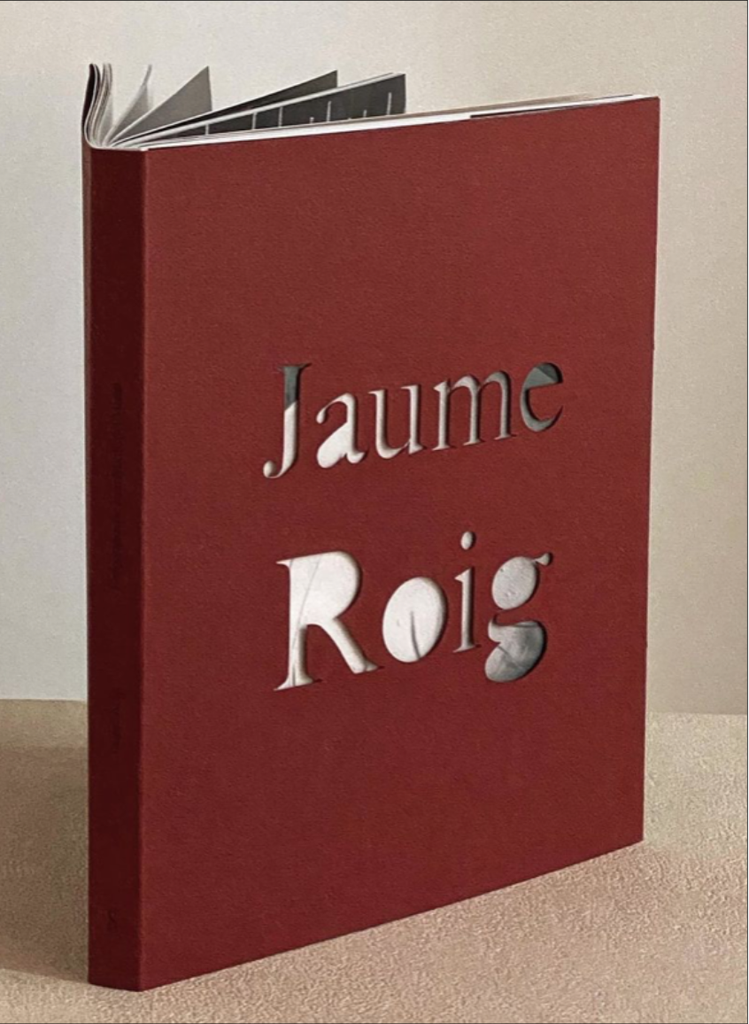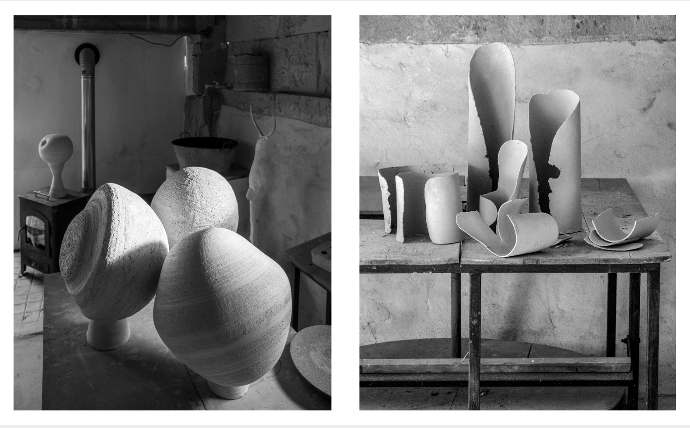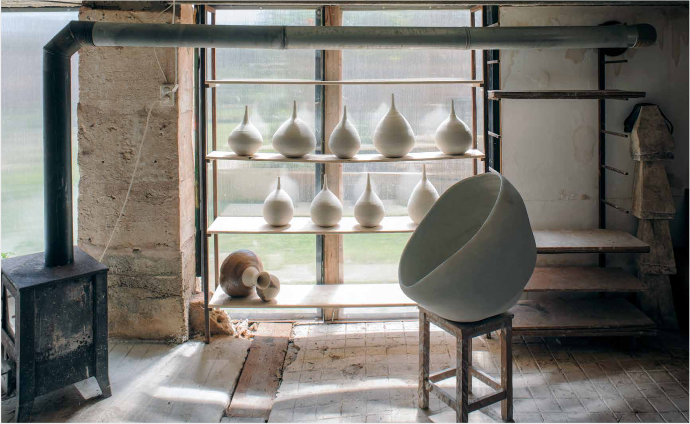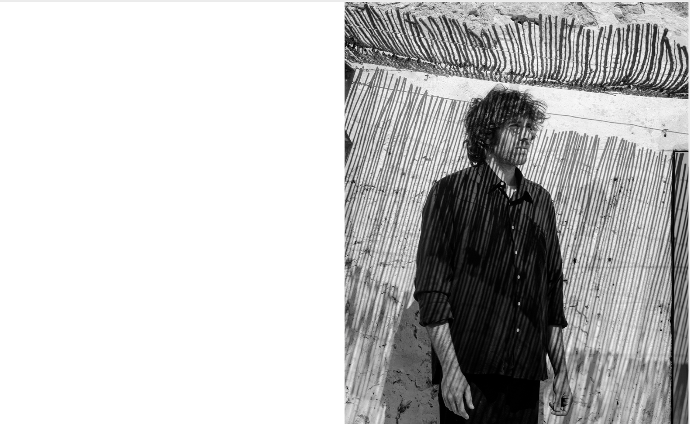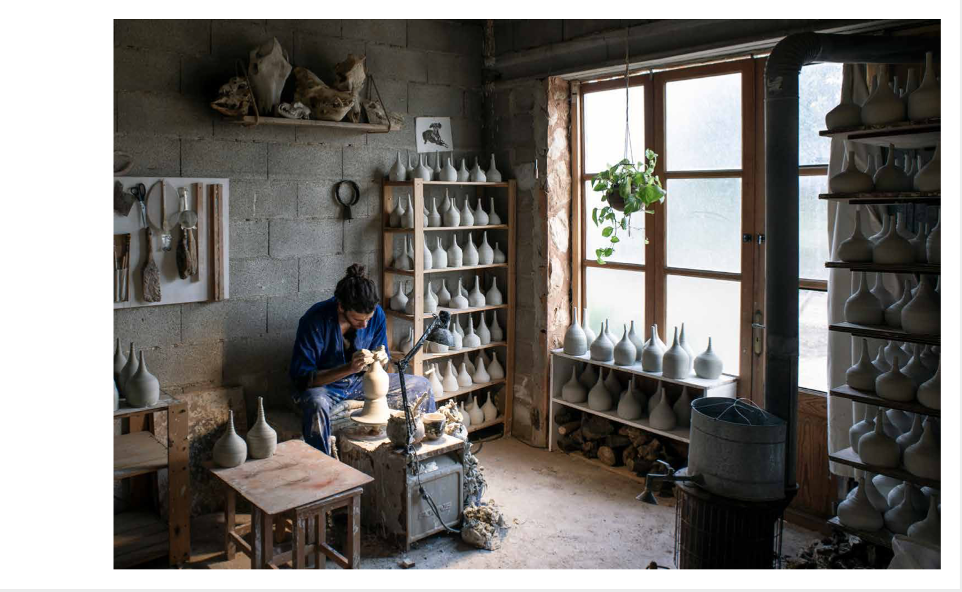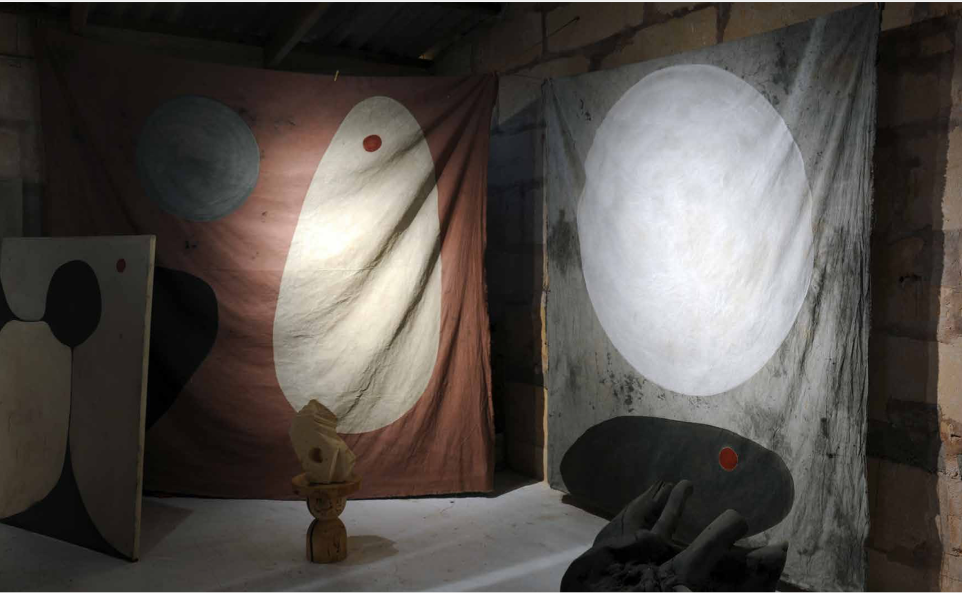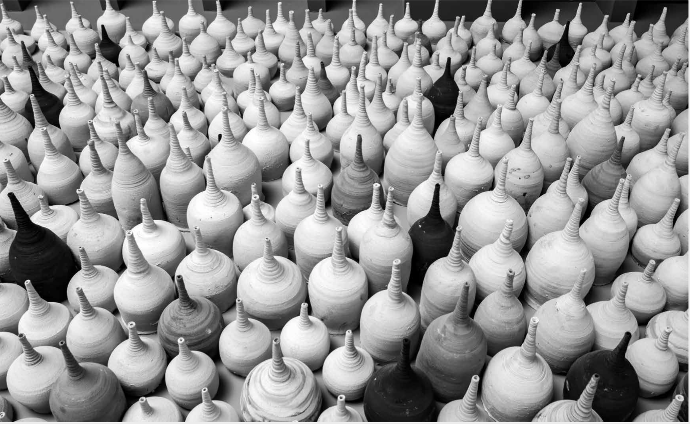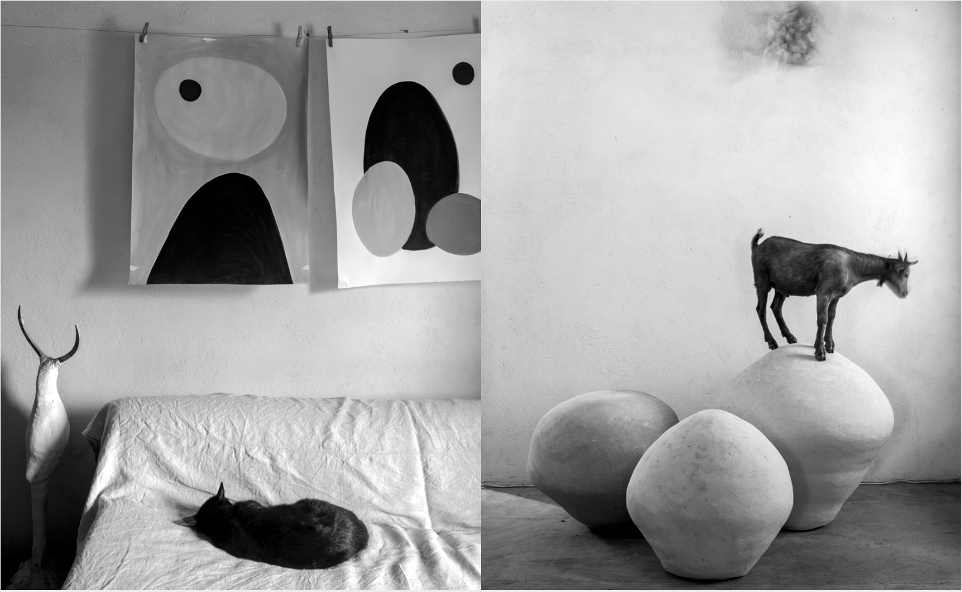Jaume Roig
This is the first monographic book dedicated to the Mallorcan artist Jaume Roig (Almunia, 1981).
For five years, Jean Marie del Moral has documented the life and work of Jaume Roig in his studio. The images reveal the intimacy of an artist deeply connected to the earth, clay, and the landscape that shaped his growth and his understanding of ceramics and art.
The project is completed by the unique voice of Joan Miquel Oliver —musician, lyricist, writer, and close friend of Jaume Roig— who provides the text accompanying the photographs. His words, full of insight and complicity, further immerse us in the universe of this creator.
This is the first monographic book dedicated to the Mallorcan artist Jaume Roig (Almunia, 1981).
For five years, Jean Marie del Moral has documented the life and work of Jaume Roig in his studio. The images reveal the intimacy of an artist deeply connected to the earth, clay, and the landscape that shaped his growth and his understanding of ceramics and art.
The project is completed by the unique voice of Joan Miquel Oliver —musician, lyricist, writer, and close friend of Jaume Roig— who provides the text accompanying the photographs. His words, full of insight and complicity, further immerse us in the universe of this creator.
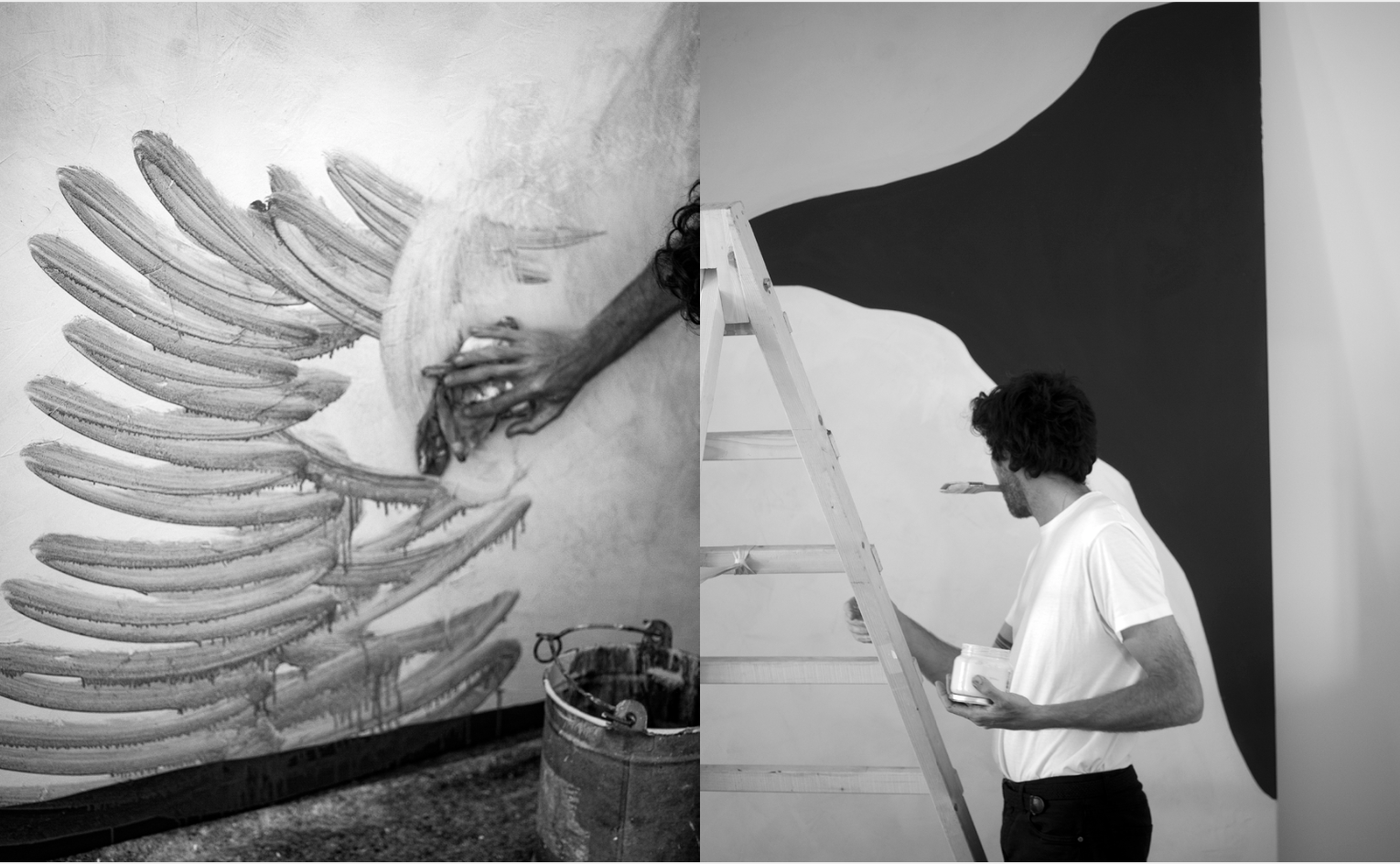
"In the material Jaume works with, there is art, but that art remains silent. He simply makes it resonate, bringing it to light in the least invasive, most direct, and swiftest way possible."
